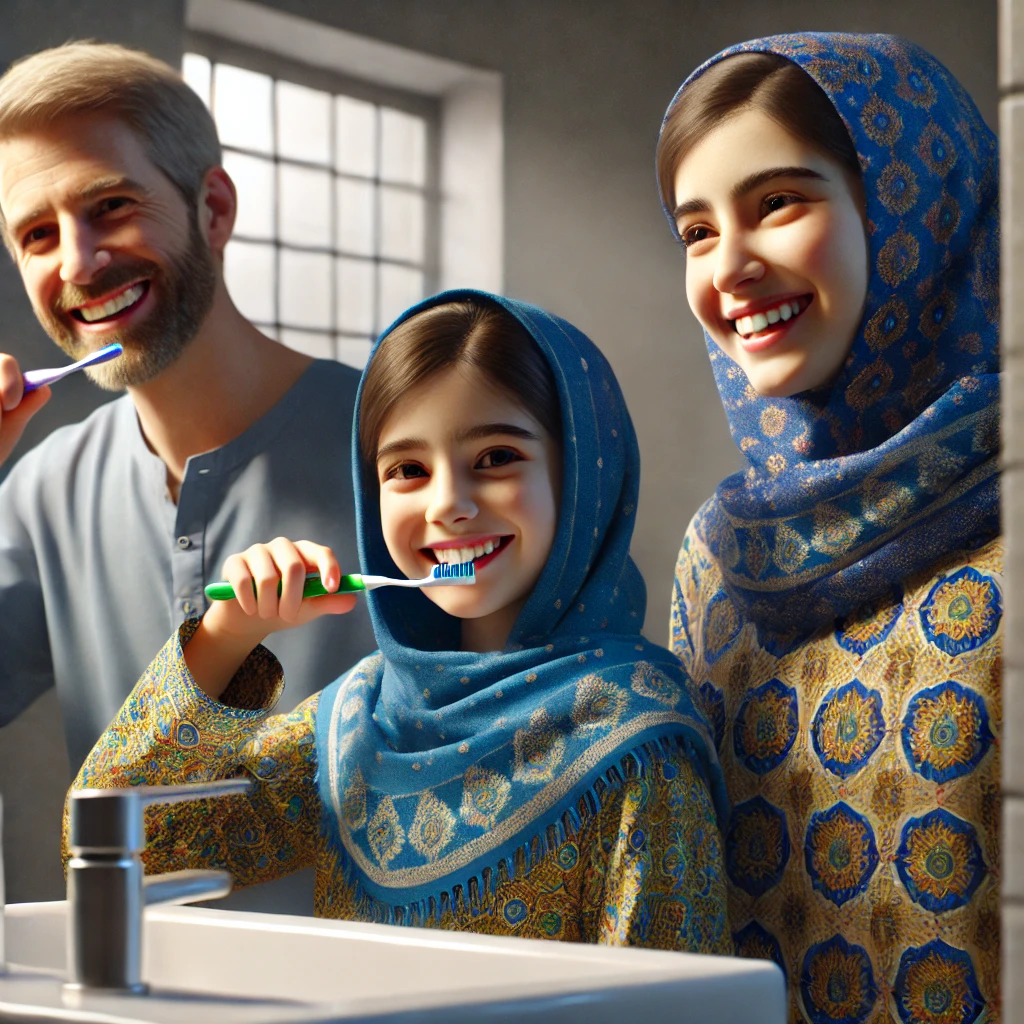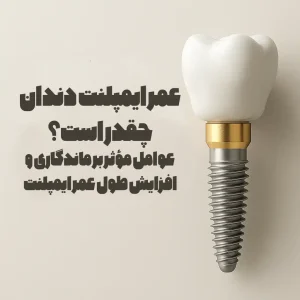Brushing your teeth is one of the most important daily habits for maintaining good oral health. However, many people do not do it properly, resulting in problems such as tooth decay, bad breath, and gum disease. Poor hygiene can lead to tooth decay and the need for additional treatments such as dental implants, root canals, and more. In this article, we will thoroughly review the correct brushing technique so that you can take the best care of your teeth by following these basic tips.
If you prefer to see the tutorial in video format, watch the following instructional clip:
Why is proper brushing important?
Brushing your teeth is important not only for maintaining a beautiful smile, but also for your overall health. Bacterial plaque buildup on your teeth can cause serious problems, including:
- Tooth decay
- Inflammation and bleeding of the gums (gingivitis)
- Bad breath
- Increased risk of heart disease (if oral hygiene is not maintained)
So, if you haven’t been brushing your teeth properly until now, now is the time to improve your hygiene habits!
How to brush your teeth properly and in a basic way
1. Choosing the right toothbrush
Before you begin, you need to make sure you have the right toothbrush. The features of a good toothbrush include:
- Soft and medium bristles: Rough toothbrushes can damage tooth enamel and gums.
- The right size of the toothbrush head: It should be appropriate for the size of your mouth so that it can cover all your teeth.
- Comfortable and easy-to-grip handle: For better control when brushing.
Also, if you use an electric toothbrush, it is best to use models with rotating and oscillating movements.

2. Choosing the right toothpaste
Toothpaste has a huge impact on dental health. To choose the best toothpaste:
- If you have sensitive teeth, use toothpaste specifically for sensitive teeth.
- To prevent cavities, choose toothpaste that contains fluoride.
- If you have gum problems, get a toothpaste specifically for gums.
3. Amount of toothpaste needed
Contrary to popular belief, you don’t need to use a lot of toothpaste. The right amount is for:
- Adults: The size of a pea
- Children under 6 years old: the size of a grain of rice
4. Time and frequency of brushing teeth
To maintain oral health, you should brush your teeth twice a day (morning and night) for 2 minutes each time.
Note: Brushing too much or too vigorously can wear away tooth enamel.
5. Correct brushing technique
Now we come to the most important part: how to brush your teeth properly. Follow these steps:
1. 45-degree angle of the toothbrush
Position your toothbrush at a 45-degree angle to your gum line. This angle helps to remove bacterial plaque from your teeth and gum line.
2. Gentle and short movements
Brushing movements should be gentle and in short circular or back and forth motions. Avoid excessive pressure, as this may damage the gums.
3. Brush all surfaces of your teeth.
To thoroughly clean your teeth, brush your toothbrush over different areas in order:
- Outer surface of teeth: Start with the back teeth and work your way forward.
- The inner surface of the teeth: This area is often overlooked, but it is just as important.
- Chewing surface of teeth: Remove food particles with gentle back and forth motions.
- Tongue and inside cheeks: To prevent bad breath, also clean the tongue and inside cheeks with a toothbrush or tongue cleaner.

Suggested duration:
⏳ 30 seconds for each area (top, bottom, inside and outside of teeth)
6. Common mistakes when brushing your teeth
- Brushing too hard: causes tooth enamel erosion and gum recession.
- Not brushing your tongue: It is a place where bacteria that cause bad breath accumulate.
- Using an old toothbrush: Replace your toothbrush every 3 to 4 months.
- Fast and irregular brushing: You should spend at least 2 minutes.
7. Flossing and mouthwash: complementing brushing
- Dental floss: Use once daily to remove food particles between teeth.
- Mouthwash: Helps reduce oral bacteria and strengthen tooth enamel.
Note: Mouthwash is not a substitute for brushing your teeth, but rather a supplement to it.
Conclusion: The Key to a Healthy and Beautiful Smile
- Choosing the right toothbrush and toothpaste
- Brushing your teeth at least twice a day, for 2 minutes each time.
- Using gentle movements and a 45-degree angle
- Cleaning all surfaces of the teeth, tongue, and inside of the cheeks
- Avoiding common mistakes such as applying too much pressure or not brushing your tongue
- Use dental floss and mouthwash for complete hygiene
By following these tips, you will not only have healthier teeth, but you will also prevent future oral and dental problems.
Now it’s your turn! Share your toothbrushing experience with us in the comments section. Have you tried this method yet?







